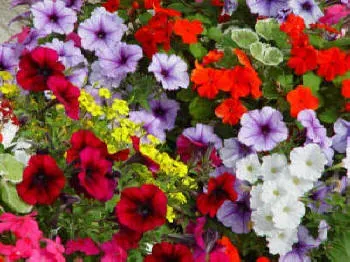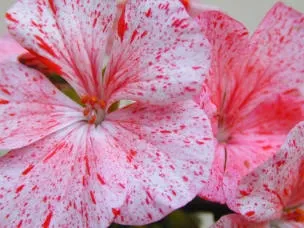Schisandra – Woody stemmed twining climbers.
Schisandra includes a wide group of twining climbers from places as far apart as the Manchurian North Eastern China and the colder parts of Eastern Russia. Those facts alone should vouch for the hardiness suitability of growing in the UK.
The two most suitable – and available varieties in the UK - are Schisandra chinensis and Schisandra rubriflora. They differ in flower colour and foliage characteristics so correct choice is necessary
One of the reasons why Schisandra are not grown more often in the UK is simply because of the confusion as to the many descriptions written about this useful, attractive group of climbing plants. Schisandra are often described as being deciduous or evergreen; monoecious (having distinct male and female flowers on the same plant) or dioecious (having male flowers only on some plants and female flowers on other plants); and having pink, red, or white flowers!
(Schisandra chinensis ‘Eastern Prince’ is said to be a self fertile hybrid, having both male and female parts in the same flower. It seems that not all plants sold as S. c ‘Eastern Prince’ are legitimate!)
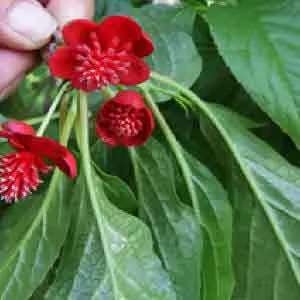 If we can cut through this confusion, we are left with a duo of very
attractive and useful climbing plants for all but the coldest parts of
the UK. That being said, they respond well to being planted with the
protective warmth of a sheltered wall or fence.
If we can cut through this confusion, we are left with a duo of very
attractive and useful climbing plants for all but the coldest parts of
the UK. That being said, they respond well to being planted with the
protective warmth of a sheltered wall or fence.
Both types of Schisandra discussed here share the same characteristics of being deciduous and having woody twining stems which will need good support for climbing. Together with that, they have ultimate heights of 10 metres or so in 5 to 8 tears.
New stem and foliage shoots are attractive red colour – offset by the dark green foliage of lance shaped leaves up to 5in long. Neither are dense cover plants. The new stems grow around3 – 4 feet each year.
Schisandra chinensis - The Five Flavour Berry
This variety has cream to pinkish flowers from late spring through to midsummer. Female plants then produce pendant spikes of fleshy pink to red fruit spikes in early autumn. These can be quite showy as the drooping spikes can be as much as 6in long. Schisandra chinensis fruits are the subject of ongoing scientific research for there are a multitude of desirable chemicals to be obtained for health reasons.
Schisandra rubriflora - Chinese Magnolia Vine
More attractive for garden use than the ‘chinensis’ variety, in that it has bright crimson/scarlet pendant flowers in small clusters. These bright flowers are also an induction or confirmation that you have the male version of the plant. Showy flowers but no fruit! This is the option mainly sold, for few would want to grow both male and female plants – unless of course you were a commercial grower needing the fruit crop.
From the image above, you will note the basic characteristics of similarity to the magnolia flowers - hence its common name of the Magnolia Vine.
Schisandra rubriflora has the added advantage of rather attractive golden yellow foliage for a short time in the autumn.
Care and Growing of Schisandra
Schisandra are happiest when planted in a moist but well drained soil. A sunny position is preferred though happy also in dappled shade – for they are basically woodland plants in their natural habitat. If planted against a wall, then copious mulches will help to retain the soil moisture throughout summer.
They are suited for growing on pergolas or strong trellis structure with their sturdy twining woody stems. Otherwise – wall trained specimens will need batten, wire or other suitable support. They are best grown from a maturing framework of twining stems – not unlike those of wisteria.
Young Schisandra plants will need to have their shoots supported and trained until they mature.
Problems with Schisandra
There are no pest or disease problems associated with Schisandra.
Propagation of Schisandra
Seed - when obtained – should be sown in a coldframe and overwintered until spring when the young seedlings can be individually potted.
Easier and more reliable to ensure true sex plants, is the taking of softwood or semi-ripe cuttings from mid to late summer. These will normally root before the winter but are best left until the early spring before potting.
Pruning Schisandra
Grow as a sturdy framework and then trim back all flowered growth into spurs of around 4 – 6 in long from main trunks. They can be trimmed in later summer if untidy, but then the main spur pruning in late winter before spring growth starts.
Best Selling Gardening Products
Popular Gardening Sections
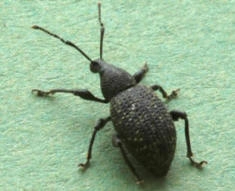
Problems
Identify Weeds in The Garden - How to deal with weeds. Diseases and Pest which harm your garden and plants, learn how to prevent, deter and erradicate your garden problems.
Garden Problems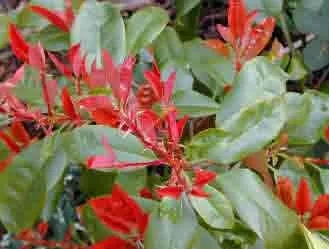
Pruning
Pruning Guide. Shrubs flower better with correct pruning. Many illustrations and examples of what to do - and when. Includes evergreens, roses, flowering shrubs, spring flowering shrubs and pruning for stem effect. This is our most viewed and comprehensive section,
Pruning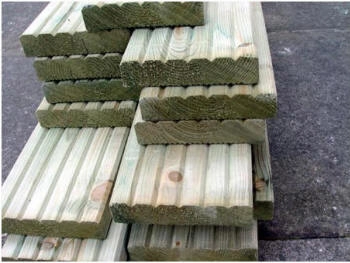
Gardening Businesses
Gardening Businesses listed in the UK counties and USA states. County and State Listings of businesses involved in Garden supplies and services. If you wish to be added to the Directory, please send us your information. Having problems, use the search box
Businesses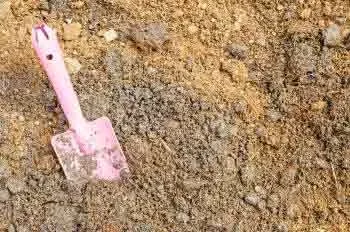
Gardening
In this section you will learn about Gardening Basics, Containers, Landscaping, Propagation and Soil.
Gardening
Gardening Gifts
Gardening Gifts and Reviews, Read Before you Buy
- Gardening Gifts Ideas
- Gifts For Her
- Gifts For Men
- Power Tool Gifts
- Cheap Gifts
- Personalised Gifts
- Wildlife Gifts
- Family Gifts
